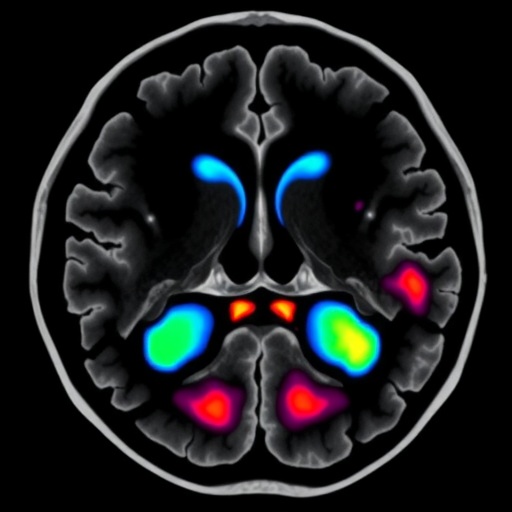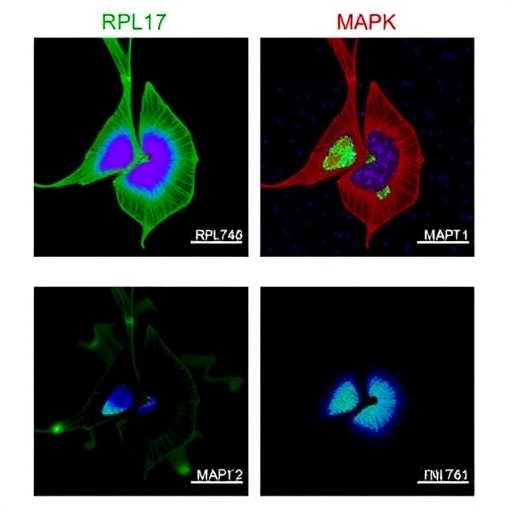In the relentless battle against cancer metastasis, the intricate molecular mechanisms that govern cellular invasiveness remain at the forefront of scientific inquiry. A recent study published in Science China Life Sciences unravels a dual regulatory role of the VPS35/Retromer complex in controlling MT1-MMP, a membrane-bound matrix metalloproteinase pivotal for tumor invasion and metastatic progression. This groundbreaking research sheds light on how VPS35 orchestrates both the stability and transcriptional regulation of MT1-MMP, revealing novel therapeutic angles to intercept cancer metastasis.
Metastasis, the process by which cancer cells disseminate from primary tumors to distant organs, is critically dependent on the cell’s ability to degrade and remodel the extracellular matrix (ECM). MT1-MMP (Membrane-type 1 matrix metalloproteinase) is a key player in this remodeling, enabling cancer cells to breach basement membranes and invade adjacent tissues. Yet, the molecular entities governing the balance between MT1-MMP degradation and recycling within cancer cells have remained incompletely understood until now.
Central to this study is the VPS35/Retromer complex, a pivotal intracellular trafficking hub known for its role in sorting and recycling transmembrane proteins from endosomes back to the plasma membrane. The researchers demonstrate that VPS35 directly binds MT1-MMP, effectively shielding the enzyme from lysosomal degradation. This protective interaction ensures the maintenance of MT1-MMP protein stability on the cancer cell surface, thereby sustaining the cells’ invasive capabilities.
When VPS35 expression is experimentally depleted in melanoma models, a pronounced reduction in MT1-MMP protein levels is observed both on the plasma membrane and intracellular compartments. This decrease is mechanistically linked to enhanced lysosomal degradation, underscoring the importance of VPS35-mediated recycling pathways in preserving functional MT1-MMP pools necessary for matrix degradation.
Further validation of VPS35’s role in metastasis is evident from in vivo lung metastasis models, where VPS35-deficient melanoma cells exhibit dramatically diminished metastatic spread. Intriguingly, reconstitution of MT1-MMP levels in these VPS35-depleted cells successfully rescues their metastatic potential, affirming that the pro-metastatic function of VPS35 is critically dependent on maintaining adequate MT1-MMP protein presence.
Crucially, VPS35 knockdown leads to impaired STAT3 phosphorylation and activation upon IL-6 stimulation, resulting in a marked reduction in MT1-MMP mRNA levels. This discovery is significant because it positions VPS35 at the nexus of both protein recycling and gene expression regulation, thus exerting a “double-hit” effect on MT1-MMP availability within cancer cells.
Complementing these molecular findings, clinical data from melanoma patient samples reveal a robust positive correlation between VPS35 and MT1-MMP expression levels. Patients exhibiting elevated VPS35 and MT1-MMP concomitantly face poorer prognoses, suggesting that this axis could serve as a valuable biomarker for disease progression and therapeutic targeting.
The implications of this research are profound. By simultaneously disrupting VPS35’s ability to stabilize MT1-MMP protein and potentiate its transcription, novel therapies could decisively cut off the enzymatic machinery that cancer cells rely on to metastasize. This bifurcated regulatory mechanism presents an attractive therapeutic target, potentially yielding treatments that are both effective and selective.
From a technical perspective, the study employed an array of experimental techniques including gene silencing, in vitro invasion assays, lysosomal inhibition studies, and in vivo metastasis models, combined with transcriptional activity assays and patient data analyses. This multifaceted approach solidifies the mechanistic insights and translational relevance of the findings.
Furthermore, the complex interplay between VPS35 and STAT3 highlights an emerging paradigm wherein intracellular trafficking proteins also modulate key oncogenic signaling cascades. This dual role challenges the traditional view of endosomal sorting complexes as mere logistical entities, broadening their functional repertoire in cancer biology.
Moving forward, therapeutic strategies could exploit small molecules or biologics designed to inhibit VPS35 function or its interaction with MT1-MMP and STAT3. Such interventions might impair cancer cell invasiveness by engineering a sustained reduction in MT1-MMP availability, effectively halting metastatic cascades at multiple regulatory nodes.
Subject of Research: Mechanistic elucidation of VPS35/Retromer complex regulation of MT1-MMP in cancer metastasis.
Article Title: (Information not explicitly provided)
News Publication Date: (Information not explicitly provided)
Web References: http://dx.doi.org/10.1007/s11427-024-2884-2
References: (Detailed references from the original article are not provided)
Image Credits: (Not specified)
Keywords: VPS35, Retromer complex, MT1-MMP, cancer metastasis, STAT3 signaling, protein recycling, lysosomal degradation, transcriptional regulation, melanoma, IL-6, extracellular matrix, tumor invasion
Tags: cancer cell invasiveness factorsdual regulatory role of VPS35extracellular matrix remodeling in tumorsintracellular trafficking and cancerlysosomal degradation and cancer cellsmembrane-type 1 matrix metalloproteinase insightsmolecular mechanisms of tumor invasionMT1-MMP regulation mechanismsnovel approaches to intercept metastasisRetromer complex in cancer researchtherapeutic targets for cancer metastasisVPS35 role in melanoma metastasis





